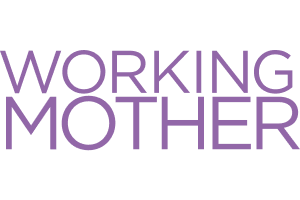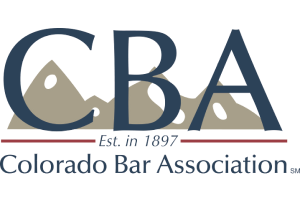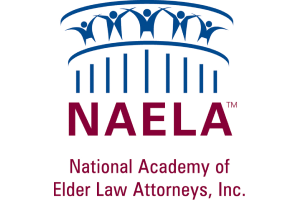Wealth you earned should open doors for loved ones, not evaporate in taxes whenever politicians alter the rules. Right now you hold a powerful tool known as the generation-skipping transfer tax (GST) exemption. Each person can shield almost fourteen million dollars from estate, gift, and GST taxes, then grow those assets for grandchildren, great-grandchildren, and…
Continue reading ›Articles Posted in Estate Planning
When you build a legacy in Colorado, you probably picture Rocky Mountain vistas, not the rolling plains of Wyoming. Yet Colorado estate planning grows stronger when it taps into Wyoming’s unrivaled asset-protection laws. Braverman Law Group can make that connection seamless because both Diedre Wachbrit Braverman and Ariel N. Okonsky hold active memberships in the…
Continue reading ›Are medically unresponsive patients truly unresponsive? A recent article published by the New York Times reviews a study that examined this very question. The study’s results reveal the fact that, in all likelihood, unresponsive individuals with severe brain damage might be more consciously aware than the medical community previously thought. As we discuss in this…
Continue reading ›In June 2024, the United States Supreme Court issued an important decision in a case called Connelly v. United States. The decision has huge implications for business owners working on their estate plans, and there are several approaches that businesses can take moving forward in light of the decision. Because the decision itself is technical,…
Continue reading ›When you begin your estate planning process, you begin to learn about the wide array of tools available to estate planners. As we so often tell our clients, every person is different, so every estate plan is necessarily different. The way you formulate your estate plan will depend on your personal goals, and your Boulder…
Continue reading ›In drafting an estate plan, one tool available to clients is to create a trust. When you decide to create a trust, you essentially set up your assets to be managed by a third party (i.e., the “trustee”). The trustee’s job is to distribute the trust’s assets in a way that aligns with your stated…
Continue reading ›In the past few months, several clients have approached us to ask about the new reporting requirements under the Corporate Transparency Act. The Act (commonly referred to as the CTA) introduced a new set of obligations earlier this year, and companies will start to have to figure out how to comply with these regulations in…
Continue reading ›The link between wealth management and tax-related services is strong and growing stronger every year. For those who are either building an estate plan, making decisions about yearly gifts, establishing trusts, or partaking in special needs planning, it can be crucial to think about how yearly taxes will change based on the structure of your…
Continue reading ›In a March 1, 2024 ruling, the U.S. District Court for the District of Alabama deemed the Corporate Transparency Act (CTA) unconstitutional. In the wake of this decision, small business owners are asking how the ruling will affect their businesses and how they should move forward in alignment with the ruling. On today’s blog post,…
Continue reading ›The world of estate planning is a complicated one, and the sheer number of tools available to those creating, enforcing, and challenging a will or trust can be overwhelming. One of the goals of this blog is to break down some of these tools for you, so that you can go into your own estate…
Continue reading ›

















